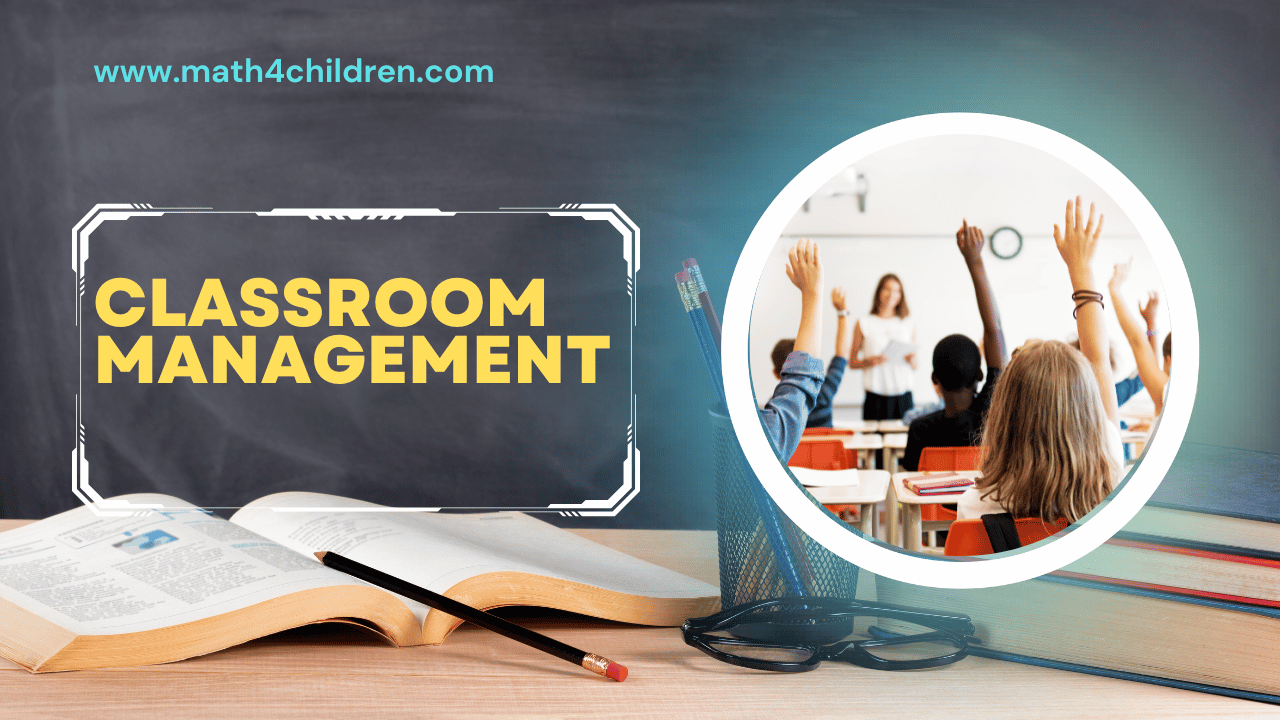How Does Classroom Management Affect Learning | How Classroom Management Affects Learning
Effective classroom management plays a significant role in shaping the learning experience of students. Classroom management refers to the techniques and strategies used by teachers to create a conducive environment that promotes learning and student engagement while minimizing disruptive behaviors. In this article, we will explore the impact of classroom management on student learning, the different strategies used in classroom management, and how teachers can implement these strategies to enhance student learning.
Introduction
Classroom management is a crucial aspect of teaching, which has a direct impact on the quality of learning. It involves creating an environment that is conducive to learning, where students feel safe, valued, and respected. When classroom management is effective, students are more engaged, motivated, and focused on learning, leading to better academic outcomes.
The Importance of Classroom Management
Poor classroom management can have a negative impact on the learning experience of students. A chaotic classroom environment can lead to distractions, disruption, and decreased student engagement. When students are disengaged, they are less likely to participate in class, pay attention, or retain information, leading to poor academic performance.
On the other hand, effective classroom management can lead to improved academic outcomes. When students feel safe, valued, and respected, they are more likely to be engaged, participate in class, and retain information. Effective classroom management also creates a positive learning environment that fosters collaboration, creativity, and critical thinking, leading to improved academic achievement.
Strategies for Effective Classroom Management
There are different strategies that teachers can use to create an effective classroom management plan. These strategies include:
Establishing Rules and Procedures
Clear rules and procedures help to create a structured classroom environment that promotes learning. Teachers can establish rules that govern student behavior, such as respecting others, being punctual, and participating in class. Procedures can also be established to guide classroom activities, such as taking attendance, submitting assignments, and transitioning between activities.
Building Positive Relationships
Building positive relationships with students helps to create a supportive learning environment. Teachers can show an interest in students' lives, listen to their concerns, and provide feedback and encouragement. When students feel connected to their teacher, they are more likely to be engaged in class and take ownership of their learning.
Using Positive Reinforcement
Positive reinforcement is an effective way of encouraging positive behavior. Teachers can use praise, rewards, and recognition to reinforce desired behavior, such as participating in class discussions, completing assignments, and following classroom rules. Positive reinforcement helps to create a positive classroom environment that promotes learning and reduces disruptive behaviors.
Using Consequences for Misbehavior
Consequences for misbehavior can help to deter disruptive behavior and promote positive behavior. Teachers can establish consequences for misbehavior, such as verbal warnings, loss of privileges, or detention. Consequences should be clear and consistent, and students should understand the reasons for the consequences.
Creating a Safe and Respectful Learning Environment
Creating a safe and respectful learning environment is essential for promoting learning. Teachers can establish a culture of respect by modeling respectful behavior, creating opportunities for student input, and addressing disrespectful behavior immediately. When students feel safe and respected, they are more likely to engage in class and take academic risks.
Implementing Effective Classroom Management
Implementing effective classroom management involves understanding the needs of individual students, establishing clear expectations and routines, and creating a supportive learning environment. Teachers can implement effective classroom management by:
Understanding Students' Needs
Understanding students' needs involves recognizing their strengths, weaknesses, and interests. Teachers can use this information to tailor their instructional strategies to meet the individual needs of students, promoting engagement and motivation.
Establishing Clear Expectations and Routines
Clear expectations and routines help to create a structured classroom environment that promotes learning. Teachers can establish clear expectations for behavior and academic performance, and routines for classroom activities. Clear expectations
Creating a Supportive Learning Environment
Creating a supportive learning environment involves building positive relationships with students, promoting a sense of community in the classroom, and fostering a growth mindset. Teachers can create a supportive learning environment by showing an interest in students' lives, providing opportunities for collaboration, and encouraging students to embrace challenges and learn from their mistakes.
Using Data to Monitor Progress
Using data to monitor progress helps teachers to assess the effectiveness of their classroom management strategies and adjust them as needed. Teachers can use student data to identify areas of strength and weakness, monitor student progress, and adjust instruction to meet individual student needs.
Conclusion
Effective classroom management is essential for promoting student engagement, motivation, and academic achievement. By using strategies such as establishing rules and procedures, building positive relationships, using positive reinforcement, establishing consequences for misbehavior, and creating a safe and respectful learning environment, teachers can create a classroom environment that supports student learning and minimizes disruptive behavior. Teachers can implement effective classroom management by understanding students' needs, establishing clear expectations and routines, creating a supportive learning environment, and using data to monitor progress.
FAQs
- What is classroom management?
- Classroom management refers to the techniques and strategies used by teachers to create a conducive environment that promotes learning and student engagement while minimizing disruptive behaviors.
- Why is classroom management important?
- Effective classroom management promotes student engagement, motivation, and academic achievement, while poor classroom management can lead to distractions, disruption, and decreased student engagement.
- What are some strategies for effective classroom management?
- Some strategies for effective classroom management include establishing rules and procedures, building positive relationships, using positive reinforcement, establishing consequences for misbehavior, and creating a safe and respectful learning environment.
- How can teachers implement effective classroom management?
- Teachers can implement effective classroom management by understanding students' needs, establishing clear expectations and routines, creating a supportive learning environment, and using data to monitor progress.
- What is the role of data in classroom management?
- Data can be used to monitor progress, assess the effectiveness of classroom management strategies, and adjust instruction to meet individual student needs.
